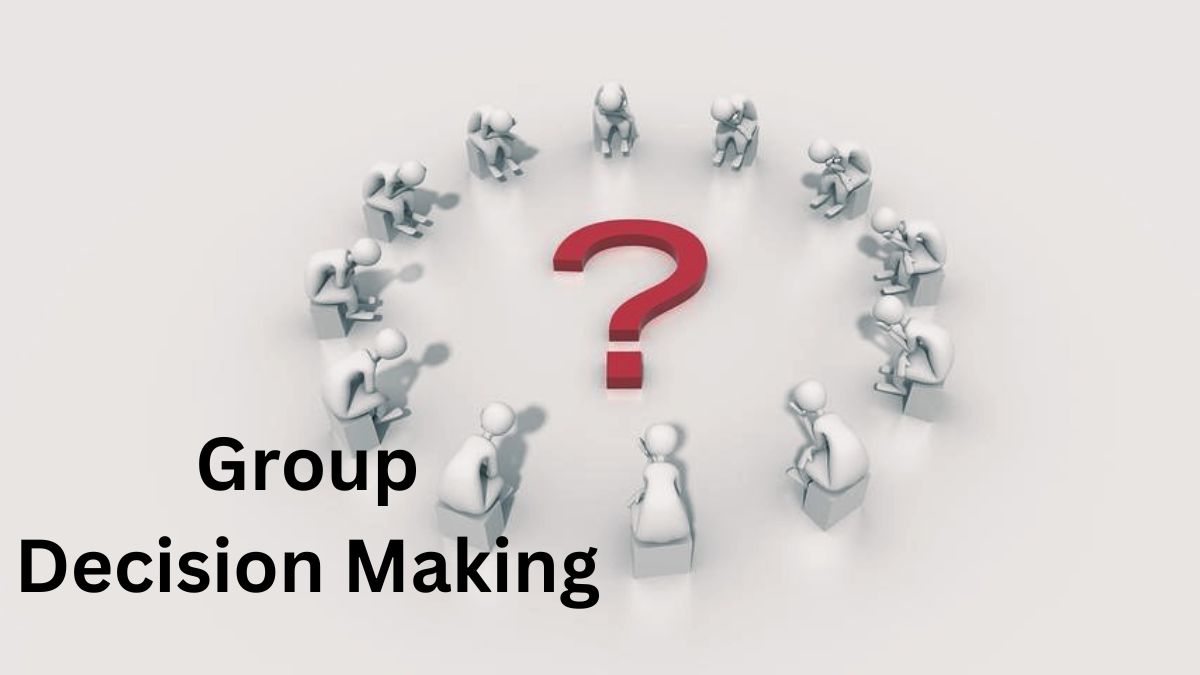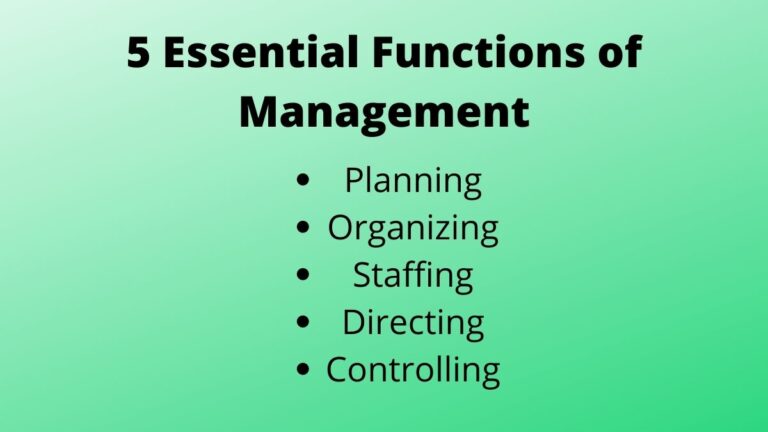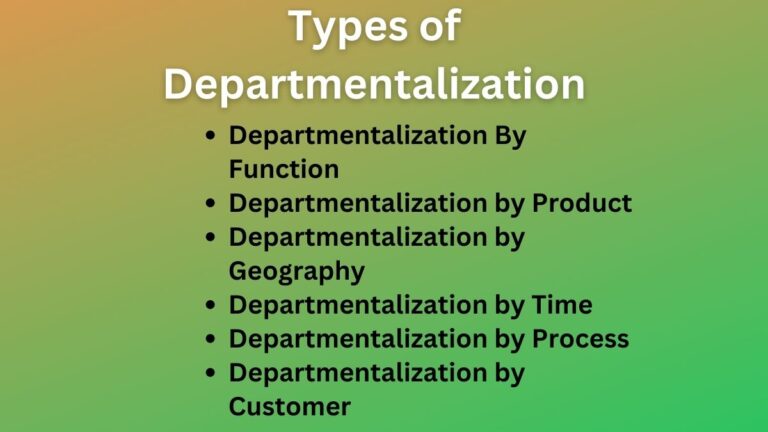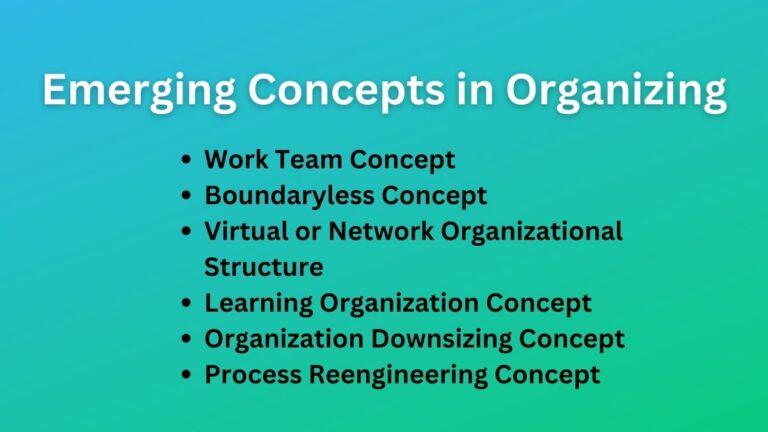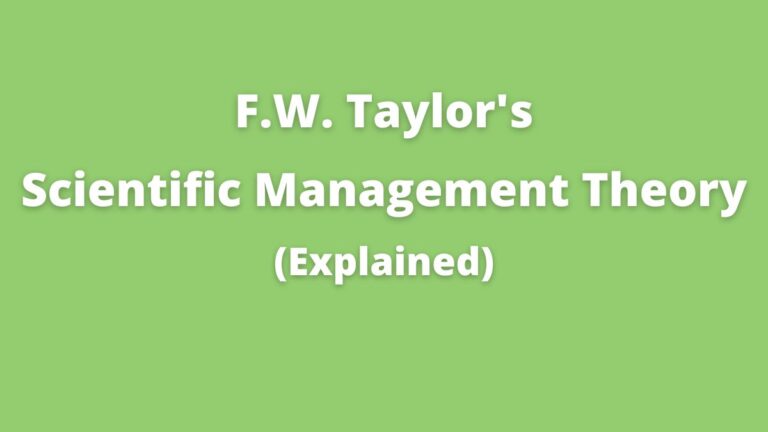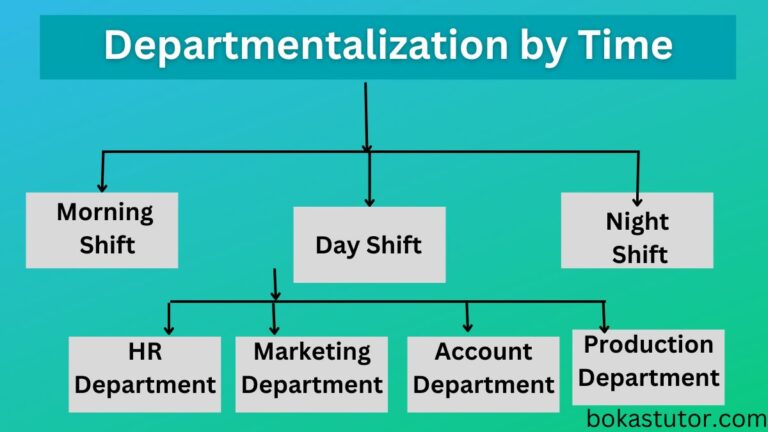What is Group Decision Making? Definition, Process, Methods, and Pros/Cons
What is Group Decision Making?
Group decision-making is the process of coming to a conclusion through a group discussion. Here, a group of people is formed to solve a problem, they analyze the situation, collect data, analyze the data, and come to a solution with mutual consent.
More simply, decision-making is selecting the best alternative, and individual decision-making is making the decision alone then group decision-making is selecting the best option (s) collectively or in a group.
A group decision is common in the organization when there arise complex, new, and unusual situations. A manager can alone make the programmed decisions, but in the case of non-programmed decisions, a group discussion is desirable.
A group decision is also called participative decision-making, collective decision-making, effective decision-making, etc. Group decision believes that two heads are better than one head when it comes to making complex decisions. Usually, it is believed that groups make better decisions than individual decision-making.
In organizations, different groups such as formal, informal, permanent, or temporary, committees, task forces, etc. are formed to effectively choose the right option. Often it helps in the effective implementation of plans i.e. decisions to achieve organizational goals.
What is the Objective Group Decision Making?
The main objectives of group decision-making include the following.
- Identify the problem or purpose and find a solution in a group.
- Initiates group discussions.
- To make effective decisions and ensure effective implementation.
- Facilitate group work in the organizations.
Process of Group Decision-Making
Group decision-making is an approach in which different people participate in the decision-making process with collective effort for analyzing problems or situations, developing alternative solutions, evaluating developed alternative solutions, and selecting the best solution.
Depending upon the nature of the task, level of understanding, and the number of people involved in group decisions varies greatly but often ranges from two to seven.
Related: Process of Decision Making
The nature and compositions of groups, size, demographic composition, structure, purpose, etc. greatly affect the process of making decisions and effectiveness. In group decision making following steps are commonly followed.
Setting Level of Participation
Before starting to make group decisions, first of all, it is essential to decide the level of collaboration in making decisions. It is useful to know how many people are involved in the decision-making process and what their responsibilities are.
Before establishing the decision-making process, it is important to be clear about what is required of managers or leaders and what is required of participants. Other elements that affect decision-making, such as decision value, complexity, time constraints, the number of possible solutions, level of necessary comprehension, etc., are also handled at this stage.
Selecting Process
After determining the level of participation, it is now to determine the group decision-making process. This helps to manage the activities, encourage open discussion in the alternative evaluation process, and to generate the decision outcome.
The process should plan the decision making which includes defining the success factors or criteria for the decision, identifying and generating decision alternatives, making the decision by selecting the best alternative, and managing the decision implementation process responsibility.
Facilitating Group Decision Making
After selecting the decision-making process, and setting with process & people for making decisions, it is necessary to set a process for effective group decision-making. In this step, benefits for group contribution and coordination are ensured in the decision process.
For facilitating group decisions, it is crucial to inspire people through group clarity, structure, and coordination mechanisms, as well as by fostering a climate that encourages appropriate levels of sharing and eliminates any potential misunderstandings.
In addition, it’s crucial to establish the communication channels required to meet the demands of task complexity and to offer techniques for resolving inconsistencies in information and the meaning of shared information.
Mechanisms for information storage, retrieval, sharing, summarization, and repetition are also crucial. Discussion and sharing codes can be designed to ensure that each person participates equally.
Choosing Group Decision-Making Approach
In executing the process, it is essential to determine the approach to be used to combine individual responses and generate specific outcomes. In order to make a conclusion, some approaches or methods need to be determined well in advance.
Related: Decision-Making Approaches
There can be the following approaches for making decisions in a group.
- Consultation with a single decision maker – in this approach all the participants put their views for the decision but only one person consolidates and makes the final decision.
- Group Averaging – Here, after discussion, the decision is derived from some form of averaging of independent individual views.
- Voting – In this, the final decision is made achieving an agreed portion of votes from the group. Multiple rules exist that include a majority, a super majority of two-thirds i.e. 66.67%, or the highest number of votes at least majority, and often rules can consider establishing minimum participation for validity.
- Consensus – Here, after a discussion of the matter, the decision is made based on the agreement of each participant. This is the most common method in organizations as no one wants to be the strongly opposing majority. In most cases, a majority agrees to make the decision but in a few cases, even the view of the minority even gets the consensus of all the participants.
- Unanimous – In this approach, all the participants must agree upon the decisions.
Conducting Decision-Making Session
After developing all the essential structures, and managing each support and mechanism, now it is essential to conduct a decision-making session. The Decision-making process should ensure the optimization of the integration of knowledge, opinions, and preferences into the collective group decision.
A leader should ensure that all decision-makers participate equally by putting effective decision-making codes into practice. To capture minority ideas, participants and leaders should be cautious of avoiding groupthink, preventing group polarization, and minimizing personal influence during the debate process.
To address team decision-making, several approaches for issue decomposition and project management methodologies must be linked with individual decision-making techniques.
Advantages and Disadvantages of Group Decision-Making
Group decision-making is the participatory practice in which group members share their ideas, knowledge, experience, and expertise to come to the best decision. Following are some of the pros and cons of group decisions.
Advantages:
- It creates greater knowledge, information, ideas, and more effective solutions.
- Builds team feelings among the employees.
- Increases the acceptance of the solution.
- A broader perspective is taken for problem identification and analysis.
- Creative and high-quality decisions are made.
- Improved communication is increased.
- Improves the decision-making capacity of subordinates.
- It can ensure the member’s commitment to decisions.
- Employees can be motivated easily.
- Effective implementation of decisions is possible.
- It builds the interpersonal and leadership skills of group members.
Disadvantages:
- It takes more time to reach decision conditions.
- Groups often suffer from ambiguous responsibility.
- It takes more cost and resources.
- Groups are in general, dominated by one or few person’s personalities and statuses.
- There may be conflict among the group members.
- Compromise to seek common consensus may produce unwanted and pre-matured decisions.
- It ignores individual expertise and specialization.
- There is the possibility of making riskier decisions.
Group Decision-Making Methods
Managers can use different methods to make decisions in groups. Among the many methods/techniques used for group decision-making, the following are the most important methods.
Brainstorming
Brainstorming is the simplest method for group decisions. In this method, a group of people includes, they are given a situation or problem and asked to generate as many as alternative solutions possible.
The aim of brainstorming is to generate alternative ideas in a judgment-free way. The ideas are later evaluated by the managers or leaders.
Nominal Group Technique
The nominal technique is considered the same as brainstorming but is more effective and structured. Here to group is formed but they are allowed to operate independently.
The group members must write down their ideas without speaking to one another. Their opinions are listed on a chart one by one and then clarified.
Delphi Technique
The Delphi method is the improvised variant of the nominal group method, with the exception that it entails gathering the views of experts who are geographically separated from one another and are not acquainted with one another.
This method is intended for a group that doesn’t physically meet. Emails or other forms of communication, such as questionnaires, are used for communication.
Dialectical Inquiry
In dialectical inquiry of group decision, two groups are formed and are asked to present ideas opposing each other. During the decision process, they debate for advantages and disadvantages of their ideas and after the discussion, the most agreeable alternative is selected.
Read Next: What are Decision Making Styles?
Sajan Kushmi is a content writer with more than 4 years of experience. He holds BIM Degree. He write on the topics related to Management, Marketing, and Entrepreneurship.
